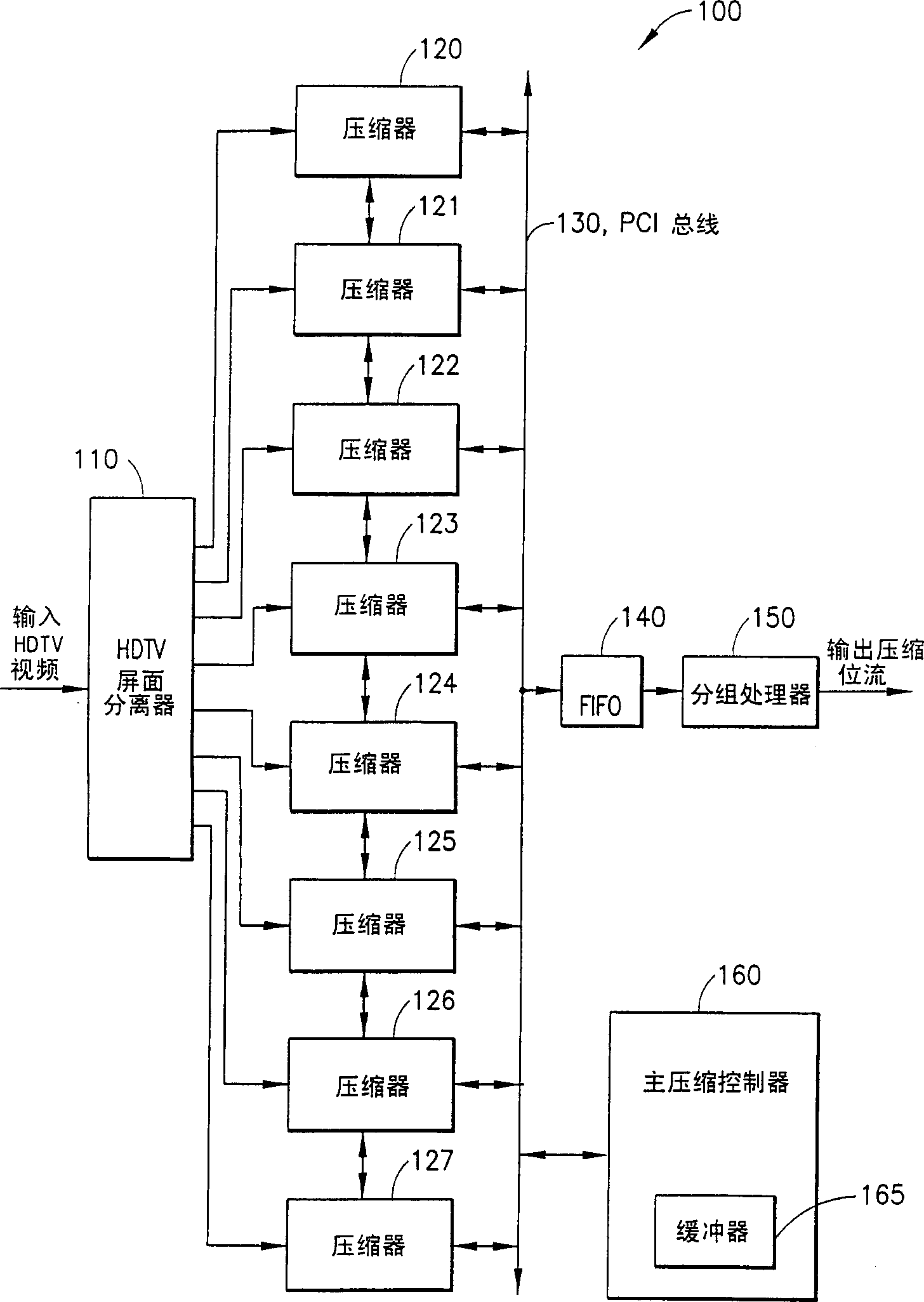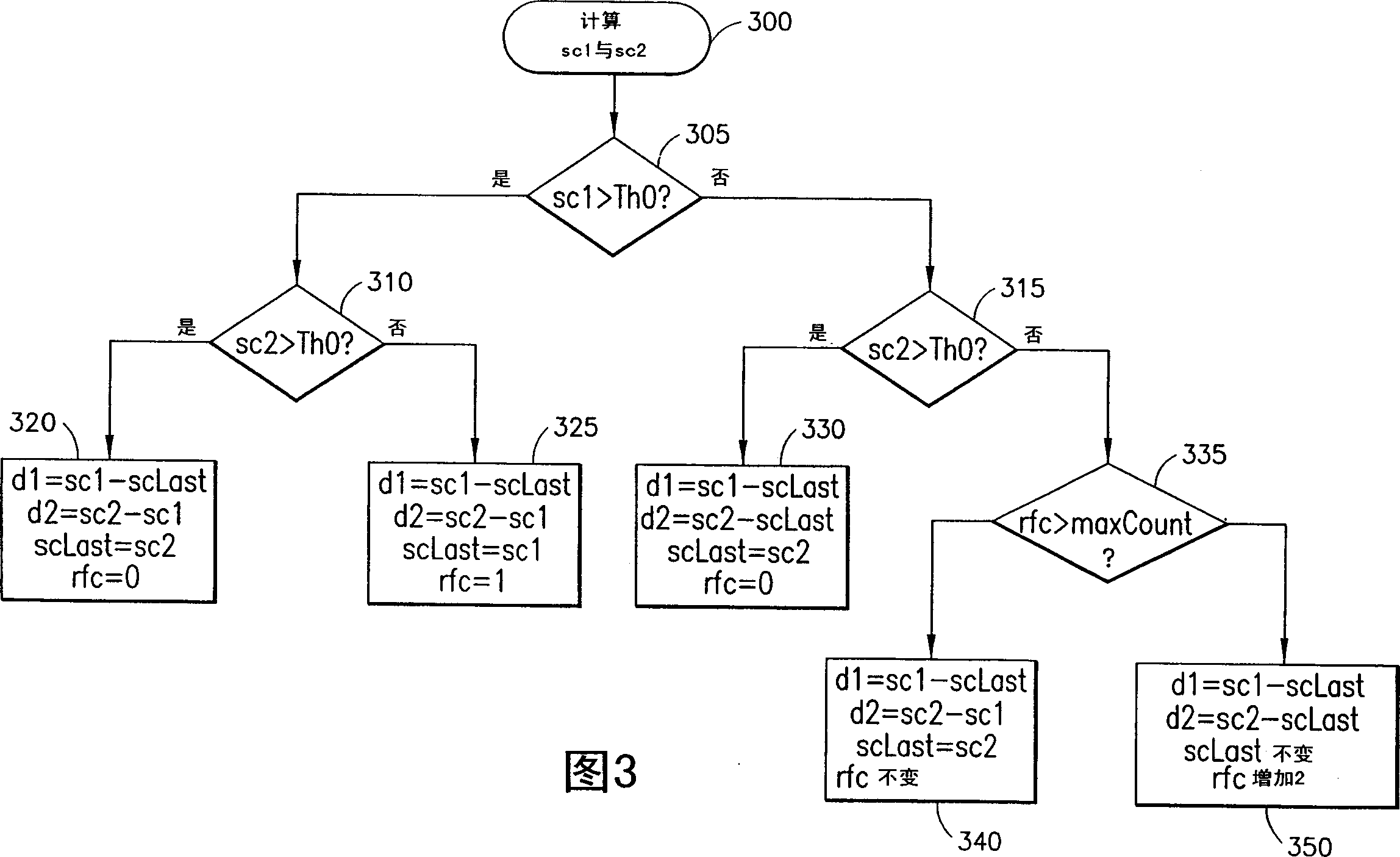Method and apparatus for detecting scene changes and adjusting picture coding type in high definition television encoder
A technology of scene changing and coding, applied in color TV parts, TV system parts, TV and other directions, can solve problems such as incorrect results
- Summary
- Abstract
- Description
- Claims
- Application Information
AI Technical Summary
Problems solved by technology
Method used
Image
Examples
Embodiment Construction
[0027] The present invention relates to an efficient video compression scheme that detects scene changes between successive fields and adapts picture coding type and GOP boundaries accordingly.
[0028] The following terms are used: Term Description CountDown Number of frames remaining before setting ScDet to false
[0029] (for still-to-motion transition sequences); d1 Increment in successive scene-change scores for first field; d2 Increment in successive scene-change scores for second field; Number of frames coded so far in FrameCount Gop; GopLen GOP length; MaxCount maximum allowable number of consecutive repeated fields; MaxGopLen maximum allowable GOP length; picture_type picture type, may be modified according to scene change detection; PreType pre-picture type - nominally specified picture type; Rfc repeat field count - consecutive repetition Number of fields; sc1 scene score 1 - scene change measure of the first scene; sc2 scene score 2 - scene change measu...
PUM
 Login to View More
Login to View More Abstract
Description
Claims
Application Information
 Login to View More
Login to View More - R&D
- Intellectual Property
- Life Sciences
- Materials
- Tech Scout
- Unparalleled Data Quality
- Higher Quality Content
- 60% Fewer Hallucinations
Browse by: Latest US Patents, China's latest patents, Technical Efficacy Thesaurus, Application Domain, Technology Topic, Popular Technical Reports.
© 2025 PatSnap. All rights reserved.Legal|Privacy policy|Modern Slavery Act Transparency Statement|Sitemap|About US| Contact US: help@patsnap.com



